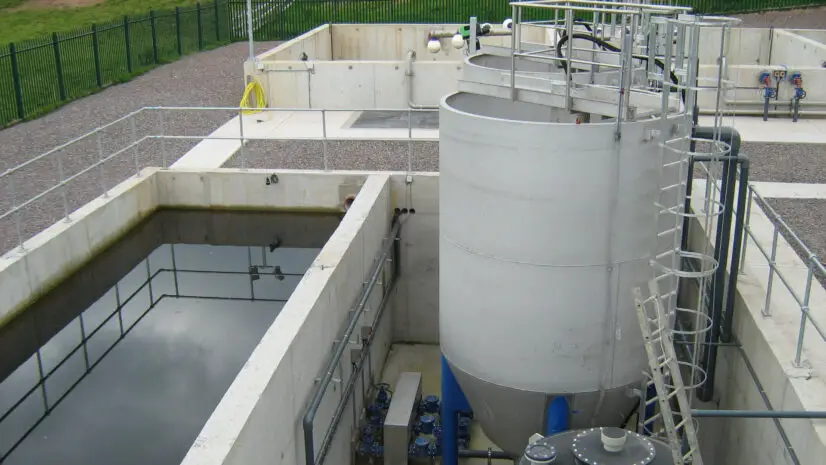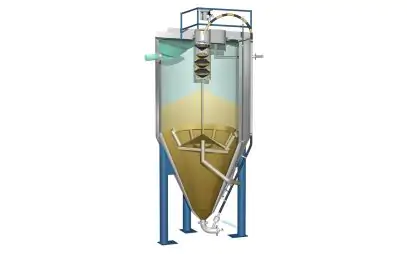Continuous Sand Filters: Applications

They are a classic and efficient solution for the tertiary filtration of waste water, both civil and industrial: what are the main applications of continuous sand filters? Here is a list of contexts in which it is useful to install this simple to build and manage system.
1. Surface water clarification
There are numerous production plants located near surface water bodies, in order to exploit the natural availability of water resources in the production cycle. However, surface water requires treatment to remove impurities before it can be used.
Sand filtration has always been the most widespread system for the removal of suspended solids. In particular, the Filtrasand continuous sand filters by MITA Water Technologies were chosen for this type of application because they combine the effectiveness of sand filtration with its continuous operation.
2. Potabilization
In the context of drinking water purification, the continuous sand filter is inserted among the first stages of treatment. After sampling, decanting and clarification-flocculation, sand filtration allows the finer solid particles that were not deposited in the previous treatment phases to be retained. At the same time, continuous sand filters allow the subsequent phases to be optimized, especially ozonation.
Thanks to its continuous operation, the filter bed of the system is always in optimal regeneration conditions. The modularity of the system certainly influences the choice, as it allows expansion of the system even after construction.
3. Tertiary treatment of civil and industrial wastewater
It is the field in which we have the largest number of Filtrasand installations. The laws regarding the purification and treatment of waste water, both civil and industrial, become more stringent every day. Consequently, the limits on discharge into receiving bodies are more restricted. For this reason, plants are increasingly equipped with a tertiary treatment system, downstream of secondary sedimentation, which has the finishing function.
The undisputed effectiveness of sand compared to other filtration media means that the continuous sand filter is often chosen in this context. Added to this are modularity and simplicity of installation, characteristics that become of fundamental importance when working on existing systems.
Teel us your needs4. Metallurgical industries
Continuous sand filter systems are used in the metallurgical industry as one of the cooling water treatment stages. Such water, appropriately cooled and deprived of the suspended solids present within it, can be reused downstream of the process, with undisputed savings on the part of the user companies.
5. Membrane ultra-filtration systems
Membrane ultrafiltration systems require wastewater that is as free as possible of suspended solids and/or fibrous material. In fact, the membranes are an effective but extremely delicate support; if subject to dirt they drastically reduce their effectiveness.
Suspended solids and fibrous material have a tendency to deposit on the membranes, accelerating fouling. To contain this phenomenon, it proved appropriate to treat the water, upstream of the ultrafiltration phase, with sand filtration. Filters with continuous operating mode avoid fouling of the membranes, prolonging their life and effectiveness. This allows for a longer life of the system and therefore considerable savings in economic terms.
6. Activated carbon treatment plants
Activated carbon treatment plants allow the removal of chlorine, ozone, ionic surfactants, solvents, pesticides and organic micropollutants present in water, also eliminating any unpleasant odors and flavors.
Sand filters, installed upstream of the activated carbon phase, allow improving the characteristics of the wastewater entering the activated carbon treatment phase. Cleaner water entering the activated carbon phase allows the latter to be regenerated at longer intervals, with consequent savings on the costs of regeneration – replacement of the carbons themselves.
Ask for InformationResources
Needs of wastewater treatment
Discover the solution for all needsComparing different technologies
Find out all the different technologiesFind out more
All technical articlesOur Newsletter
Sign up for the MITA Water Technologies newsletter: stay up-to-date on systems for municipal and industrial wastewater treatment and filtration.
